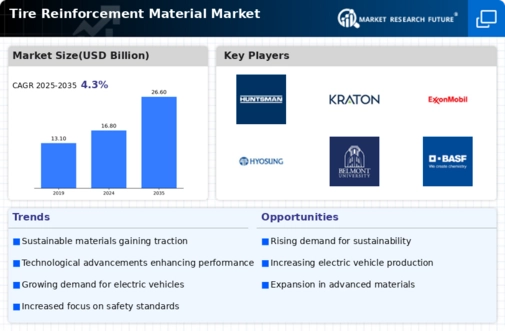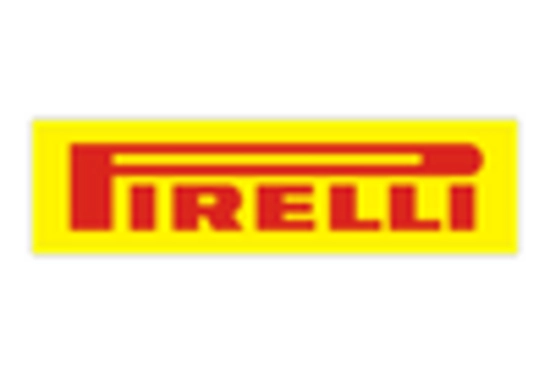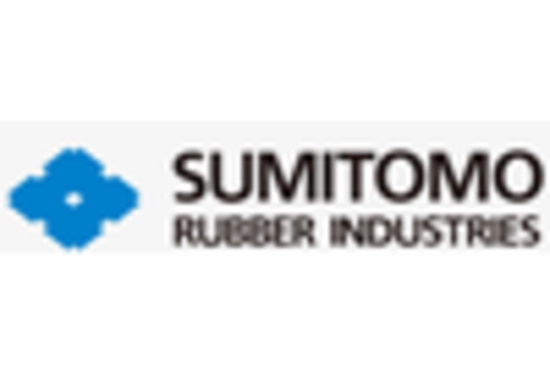Rising Consumer Awareness and Preferences
Rising consumer awareness regarding tire safety and performance is significantly impacting the Tire Reinforcement Material Market. As consumers become more informed about the importance of tire quality, they are increasingly seeking products that offer enhanced durability and safety features. This shift in consumer preferences is prompting manufacturers to invest in high-quality reinforcement materials that can withstand various driving conditions. The market is also seeing a trend towards premium tire products, which often utilize advanced reinforcement technologies. Consequently, the Tire Reinforcement Material Market is poised for growth as manufacturers respond to the evolving demands of safety-conscious consumers.
Growth of Electric and Autonomous Vehicles
The rise of electric and autonomous vehicles is reshaping the Tire Reinforcement Material Market. As these vehicles require specialized tires that can support their unique performance characteristics, the demand for advanced reinforcement materials is expected to increase. Electric vehicles, in particular, necessitate tires that can handle higher torque and provide better energy efficiency. This trend is underscored by the anticipated growth of the electric vehicle market, which is projected to reach over 30 million units by 2030. Consequently, the Tire Reinforcement Material Market is likely to adapt to these changes by developing materials that cater to the specific needs of electric and autonomous vehicles.
Regulatory Compliance and Safety Standards
The Tire Reinforcement Material Market is significantly influenced by stringent regulatory compliance and safety standards imposed by various governmental bodies. These regulations often mandate the use of specific materials that enhance tire safety and performance. For instance, the implementation of regulations aimed at reducing tire blowouts and improving fuel efficiency has led manufacturers to adopt advanced reinforcement materials. This shift is evident in the increasing adoption of synthetic fibers and advanced composites, which are known for their superior strength and lightweight properties. As a result, the Tire Reinforcement Material Market is likely to see a sustained demand for innovative materials that meet these evolving safety standards.
Increasing Demand for High-Performance Tires
The Tire Reinforcement Material Market is experiencing a surge in demand for high-performance tires, driven by the automotive sector's focus on enhancing vehicle safety and performance. As consumers increasingly prioritize safety features, manufacturers are compelled to invest in advanced tire technologies. This trend is reflected in the projected growth of the tire market, which is expected to reach a valuation of approximately 300 billion by 2026. Consequently, the demand for specialized reinforcement materials, such as aramid fibers and steel belts, is likely to rise, as these materials contribute to improved tire durability and performance. The Tire Reinforcement Material Market is thus positioned to benefit from this growing emphasis on high-performance tire solutions.
Technological Innovations in Material Science
Technological innovations in material science are playing a pivotal role in shaping the Tire Reinforcement Material Market. Advances in nanotechnology and composite materials are enabling the development of lighter, stronger, and more durable tire reinforcement materials. These innovations not only enhance tire performance but also contribute to sustainability by reducing raw material consumption. The market is witnessing a shift towards the use of eco-friendly materials, which aligns with the growing consumer preference for sustainable products. As a result, the Tire Reinforcement Material Market is likely to experience a transformation driven by these technological advancements, leading to the introduction of next-generation tire reinforcement solutions.


















Leave a Comment